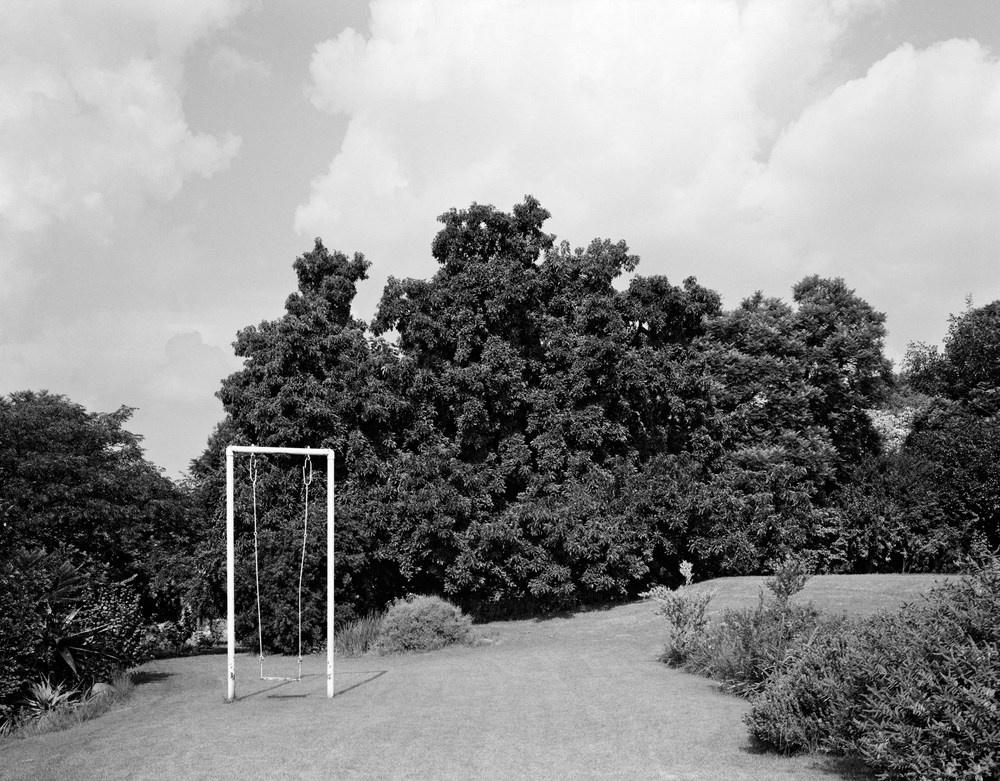David Goldblatt

Felicia and Sydney Kentridge were outspoken critics of the apartheid government and contributed greatly to its dissolution as lawyers and activists. Admitted to the Supreme Court of South Africa as an advocate in 1949, Sydney Kentridge was a significant player in such notable cases as the Treason Trial, the Prisons Trial, and the inquest into Steve Biko’s death. Together with Arthur Chaskalson and others, Felicia Kentridge co-founded the Legal Resources Centre in 1979. A public interest law firm that represented black South Africans, the Centre challenged and overturned many discriminatory laws as violations of human rights. Throughout the struggle, the Kentridge house in Houghton, Johannesburg, was an important meeting place for apartheid dissidents and resistors. It is now home to the couple’s eldest son, the artist William Kentridge. The swing no longer stands in the garden.
The Legal Resources Centre continues to represent communities and individuals across South Africa and to defend the integrity of the Constitution.
This photograph is included in TJ, 2011.
b.1930, Randfontein; d.2018, Johannesburg
“I was drawn,” the late photographer David Goldblatt wrote, “not to the events of the time but to the quiet and commonplace where nothing ‘happened’ and yet all was contained and immanent.” A preeminent chronicler of South African life under apartheid and after, Goldblatt bore witness to how this life is written on the land, in its structures or their absence. Unconcerned with documenting significant historic moments, his photographs stand outside the events of the time and yet are eloquent of them. Through Goldblatt’s lens, the prosaic reveals a telling poignancy. Even in those images that appear benign, much is latent in them – histories and politics, desires and dread. His photographs are quietly critical reflections on the values and conditions that have shaped the country; those structures both ideological and tangible. Among his most notable photobooks are On the Mines (1973), Some Afrikaners Photographed (1975), In Boksburg (1982), The Structure of Things Then (1998), and Particulars (2003).